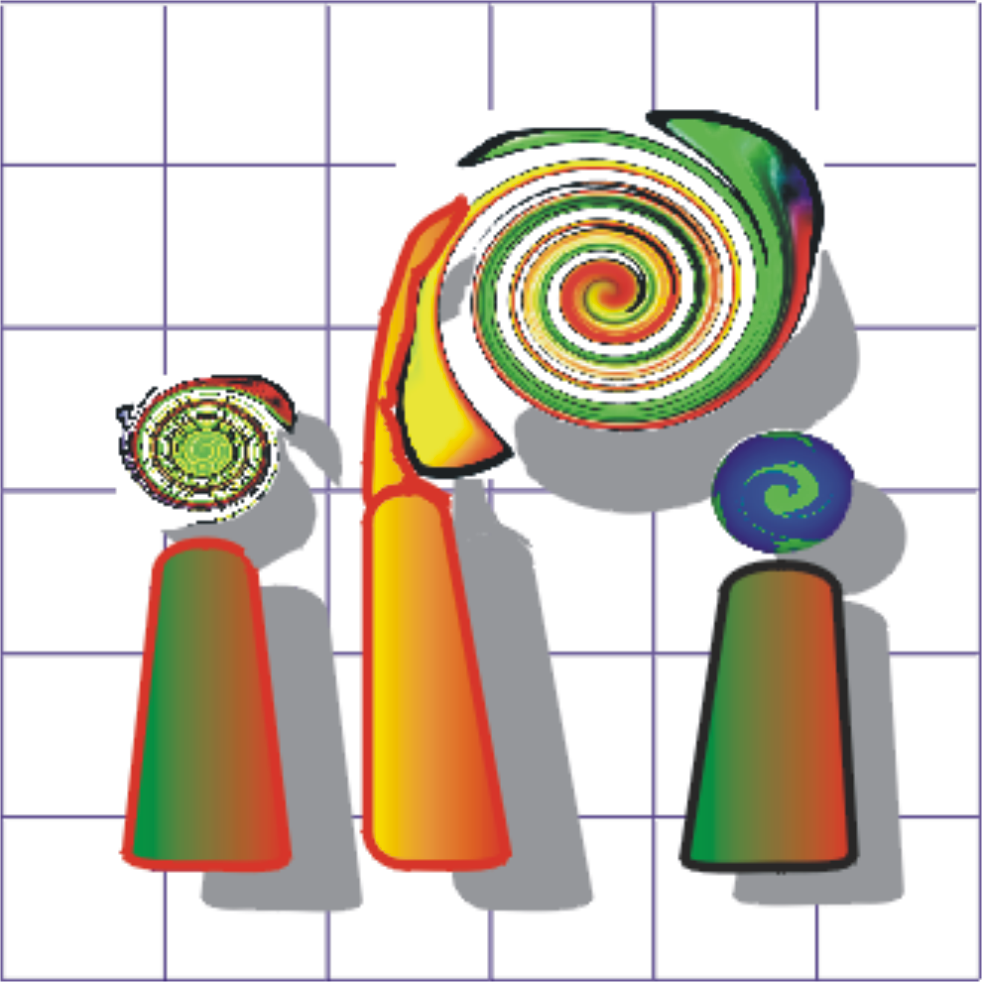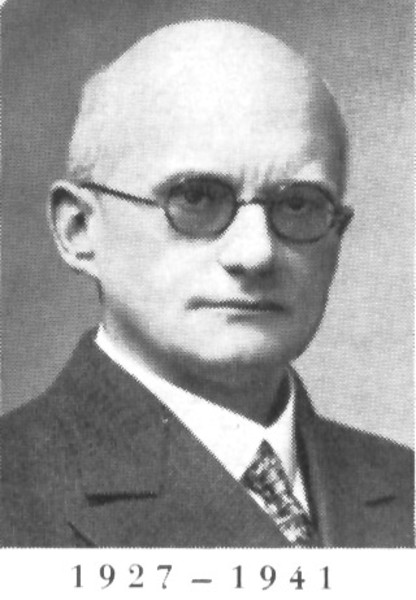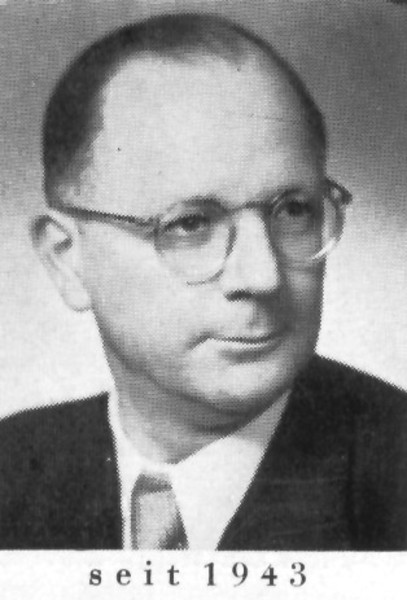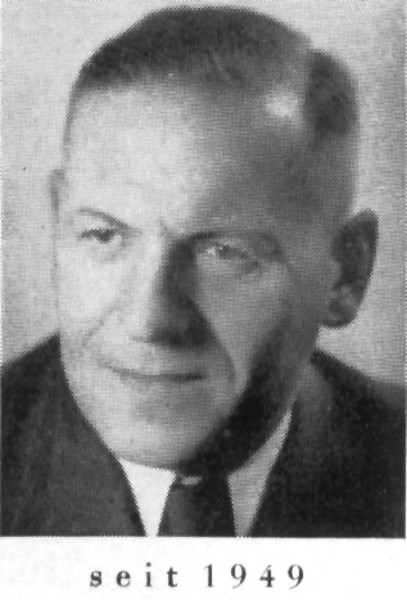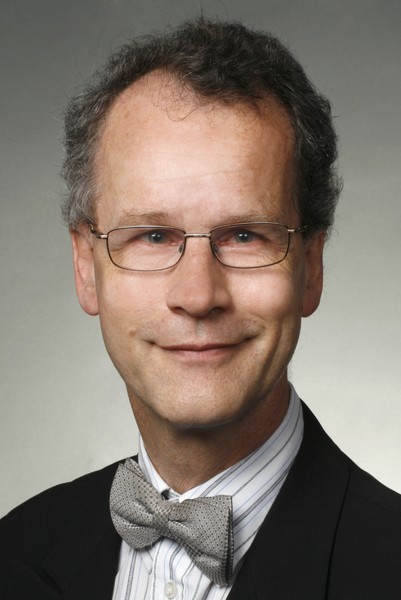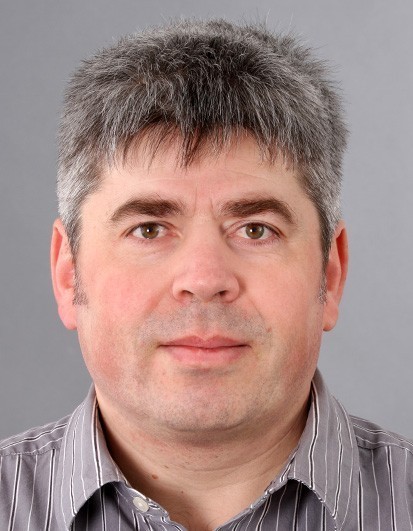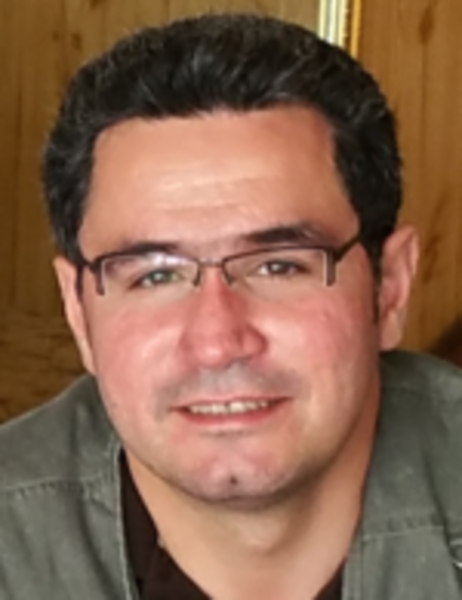by Gottfried Konecny, Emeritus Professor
The foundation of the University of Hannover dates back to 1831 when the "Higher Trade School" with 11 staff members and 103 students was established by the King of Hannover. This institution originally taught two subjects: Mechanical technology and construction technology, the latter included surveying. In 1847 the name of the school was changed to "Polytechnical School", and in 1879 to "Royal Institute of Technology".
In 1881 W. Jordan, the first geodesist who exclusively taught surveying subjects, was appointed as professor. In 1930 a separate curriculum for surveying and mapping was created at the institution. G. Lehmann was the first graduate. Around that time Professor P. Gast was active in Hannover in the survey disciplines. He published an important text in photogrammetry. His successors were W. Grossmann in surveying and R. Finsterwalder in photogrammetry. Richard Finsterwalder was most active in terrestrial expedition photogrammetry, and it was in the institute that the first expedition maps of the Alai Pamir and the Nanga Parbat were compiled.
After the destructions of the Second World War the survey disciplines were reorganized in 1949, and two separate institutes were created: The Geodetic Institute with Professor Grossmann and the Institute for Photogrammetry and Engineering Surveys with Professor G. Lehmann as directors. During the office of G. Lehmann between 1949 and 1971, and with the assistance of W. Wunderlich as Associate Professor until 1973 the Institute established its reputation in large scale photogrammetry for urban and cadastral mapping, for rural land consolidation and in close range applications for architecture, archeology and industry.
During the tenure of Professor Lehmann and in cooperation with W. Wunderlich as second professor, the institute consolidated its reputation in the years 1949 to 1971 in connection with large-scale photogrammetry for urban map production and cadastral purposes, for rural reorganization and close-range applications in architecture, archaeology and industry.
In 1971 G. Konecny took over as G. Lehmann’s successor. The emphasis of the Institute was increasingly placed on analytical and digital techniques in photogrammetry and remote sensing. Close range photogrammetry was the focus of the work of Associate Professors B. Wrobel (1974-1981) and W. Wester-Ebbinghaus (1983-1986). From 1976 to 1984 the Institute took on the task of Project Science Coordination for the Metric Camera Experiment on the first European Spacelab Mission on the U.S. Space Shuttle. Further noteworthy developments include the development of the first civilian digital photogrammetric workstation in 1987, and the cooperation in the remote sensing missions MOMS 02/D2 on the U.S. Space Shuttle in 1993 and MOMS-02/P on the Russian space station MIR since 1996. From 1976 to 1980 the Institute was actively involved in organizing the XIV International Congress of Photogrammetry and Remote Sensing in Hamburg, for which G. Konecny acted as Congress Director.
Since 1998 the institute is under the leadership of C. Heipke. Digital photogrammetry and remote sensing with its potential for automating different parts of the photogrammetric processing chain and its close relation to Geo-Information Systems play the major role in the current activities of the Institute. In 2001 the Institute was renamed as "Institute of Photogrammetry and GeoInformation (IPI).
From the beginning of 2010 until September 2013, the IPI was again headed by two professors: U. Sörgel was dedicated to the field of radar remote sensing and active systems. In the winter semester 2013/14, he moved to the TU Darmstadt and took over the Remote Sensing and Image Analysis Department. Meanwhile he is now Professor of Photogrammetry at the University of Stuttgart.
In May 2014, F. Rottensteiner was appointed associate professor, after having taught and researched at the institute since 2008 and is in charge of the research group Photogrammetric Image Analysis.
At the IPI, M. Motagh, who was appointed in a joint procedure with the GFZ, Potsdam, is representing radar remote sensing since April 2017.
